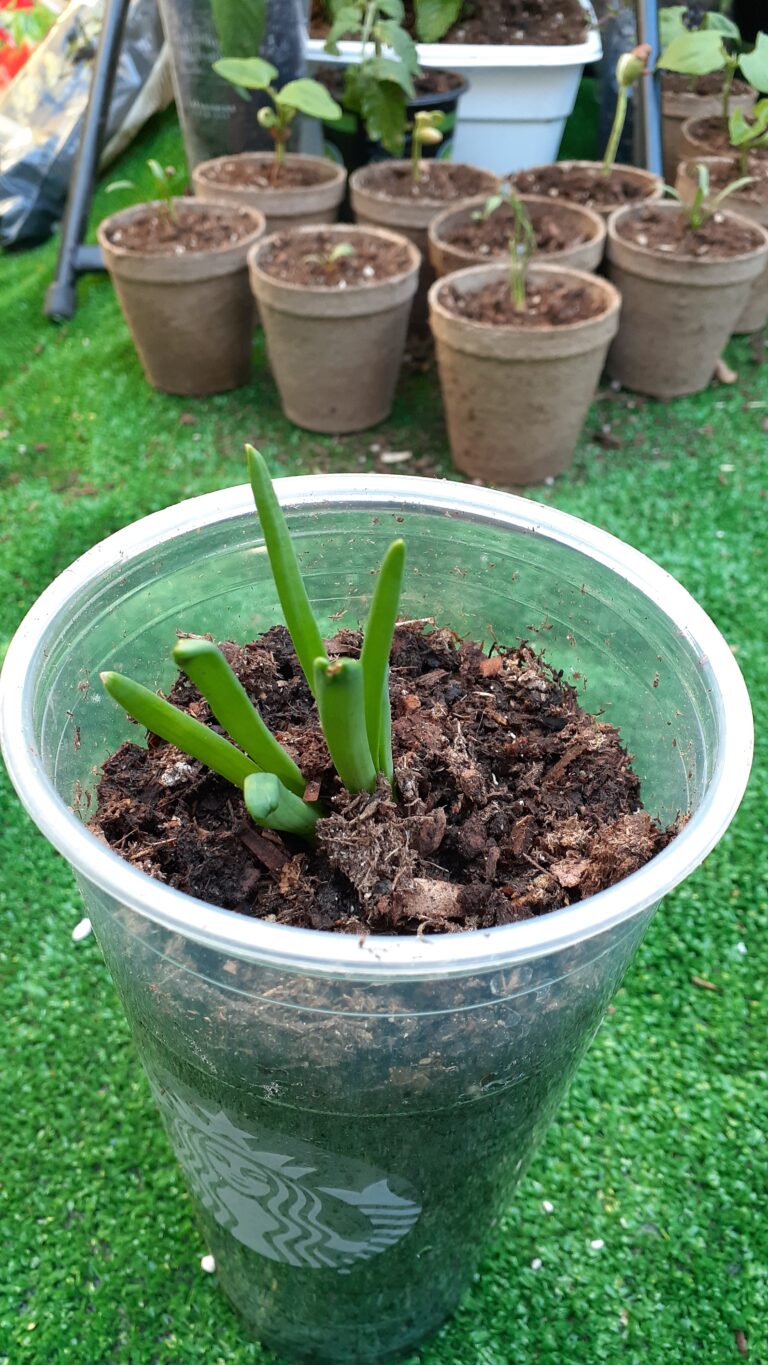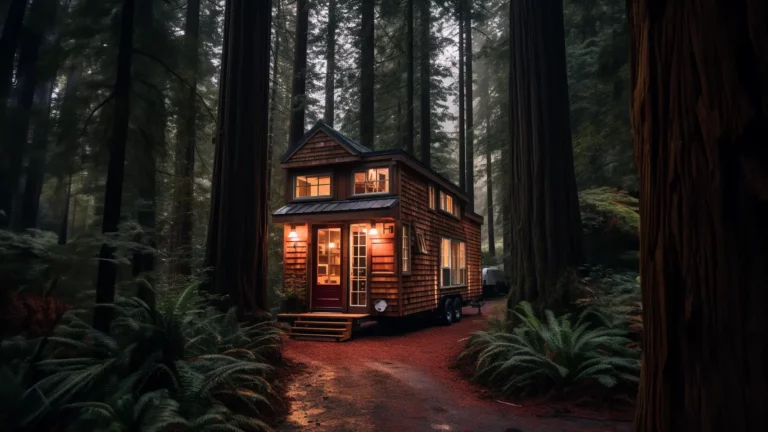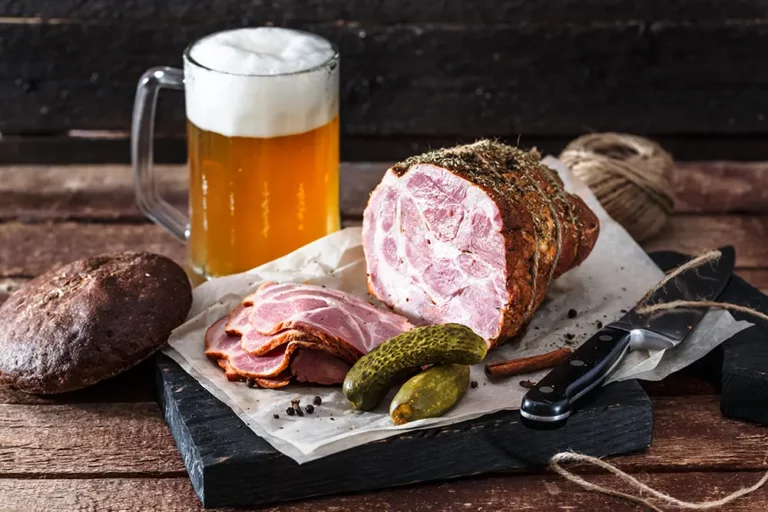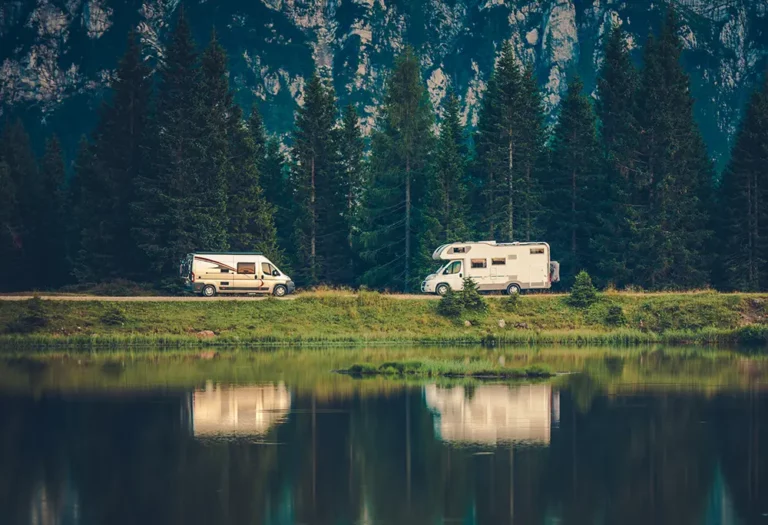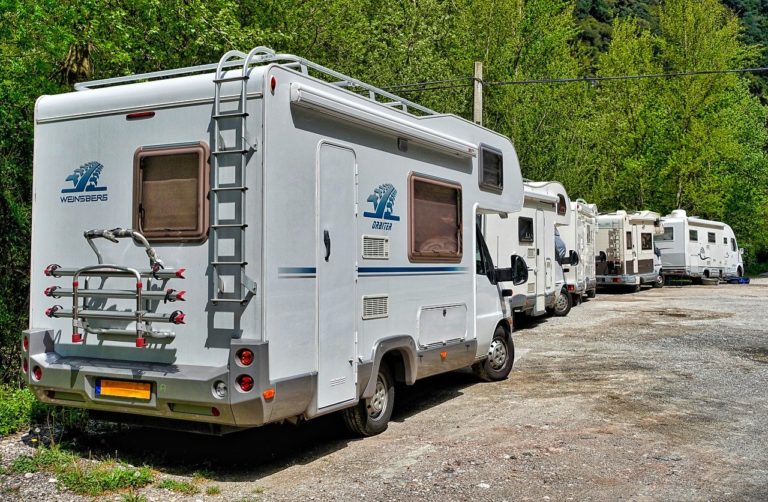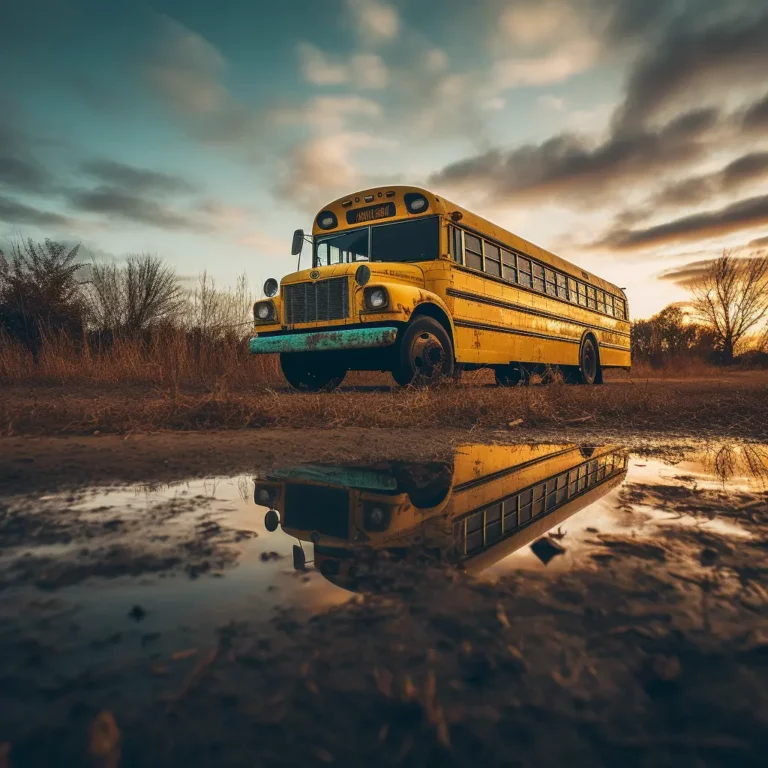Converting a school bus into a comfortable living space, also known as a “skoolie,” comes with its own set of unique challenges. One of the most pressing issues is heating. How do you keep your mobile home warm in cold weather? This blog post aims to explore the best heating solutions for skoolies, discussing their pros and cons, installation tips, and safety measures.
Traditional Heating Systems for Skoolies
Heating a skoolie can be a complex task, particularly when you have a range of options to choose from. Traditional heating methods have been tried and tested over the years, providing a dependable way to keep warm during colder months. Below we delve into three popular traditional heating solutions for skoolies: Propane Heaters, Wood Stoves, and Electric Heaters.
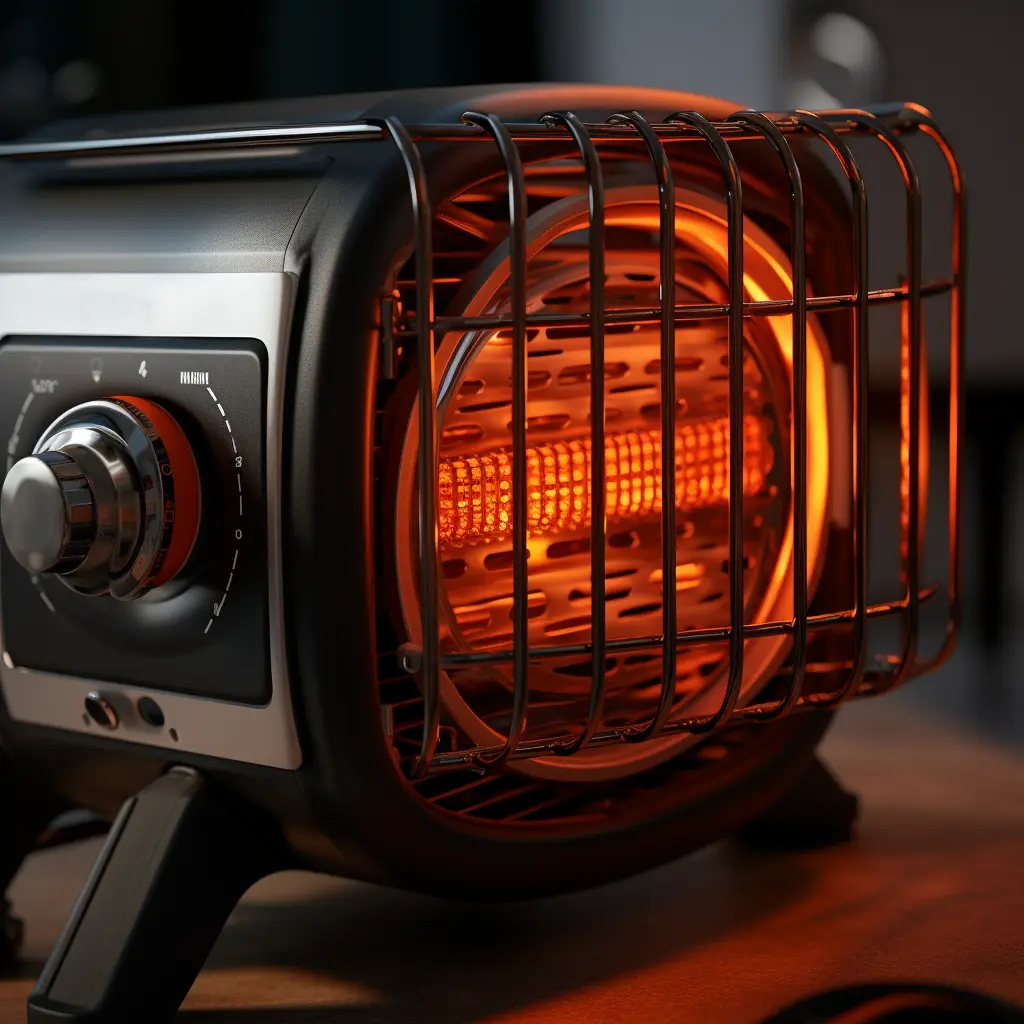
Propane Heaters
Overview
Propane heaters are a common go-to for many who have ventured into the skoolie lifestyle. Known for their efficiency and ease of use, these heaters can quickly bring your mobile living space to a comfortable temperature. The market offers a variety of models, giving you the option to choose between vented and ventless types, each with its own set of benefits and drawbacks.
The Advantages of Propane Heaters
One of the most significant advantages of using a propane heater is its ability to quickly and efficiently heat an area. This is particularly useful in situations where the temperature suddenly drops and you need immediate warmth. Another plus is the portability and ease of installation that these heaters offer. Unlike some heating solutions that require complex setup procedures, propane heaters are often simple plug-and-play devices. You can easily move them from one area of your skoolie to another, providing flexible heating options. Moreover, the availability of multiple models means you can find one that specifically meets your needs, whether you are looking for something compact, powerful, or somewhere in between.
The Drawbacks of Propane Heaters
While propane heaters come with many benefits, they also have their share of drawbacks. One of the most critical concerns is the risk of carbon monoxide poisoning. Unlike electric heaters that don’t produce this harmful gas, propane heaters can be a hazard if not properly ventilated. Additionally, the cost of propane can add up, affecting your budget in the long run. Although propane is generally affordable, the consistent use of a propane heater throughout a cold season can lead to substantial expenses. Some models, particularly ventless ones, also require good ventilation despite not needing an external vent. This means you may need to crack open a window, which could lead to heat loss, thereby reducing the heater’s overall efficiency.
Propane Heater Installation Tips:
When installing a propane heater in your skoolie, there are several important guidelines to follow to ensure both safety and efficiency. First and foremost, always adhere to the manufacturer’s safety instructions and guidelines. This will usually involve recommendations for proper placement, as well as other safety tips like keeping the heater away from flammable materials such as curtains, upholstery, or rugs. Ventilation is also key, especially for ventless models. Make sure your space is well-ventilated to prevent the buildup of harmful gases like carbon monoxide. You might need to install a dedicated vent or simply ensure that there is a window that can be opened to allow for adequate airflow.
By weighing the pros and cons and following installation best practices, a propane heater can be a viable and effective heating solution for your skoolie, offering both quick heating and portability.
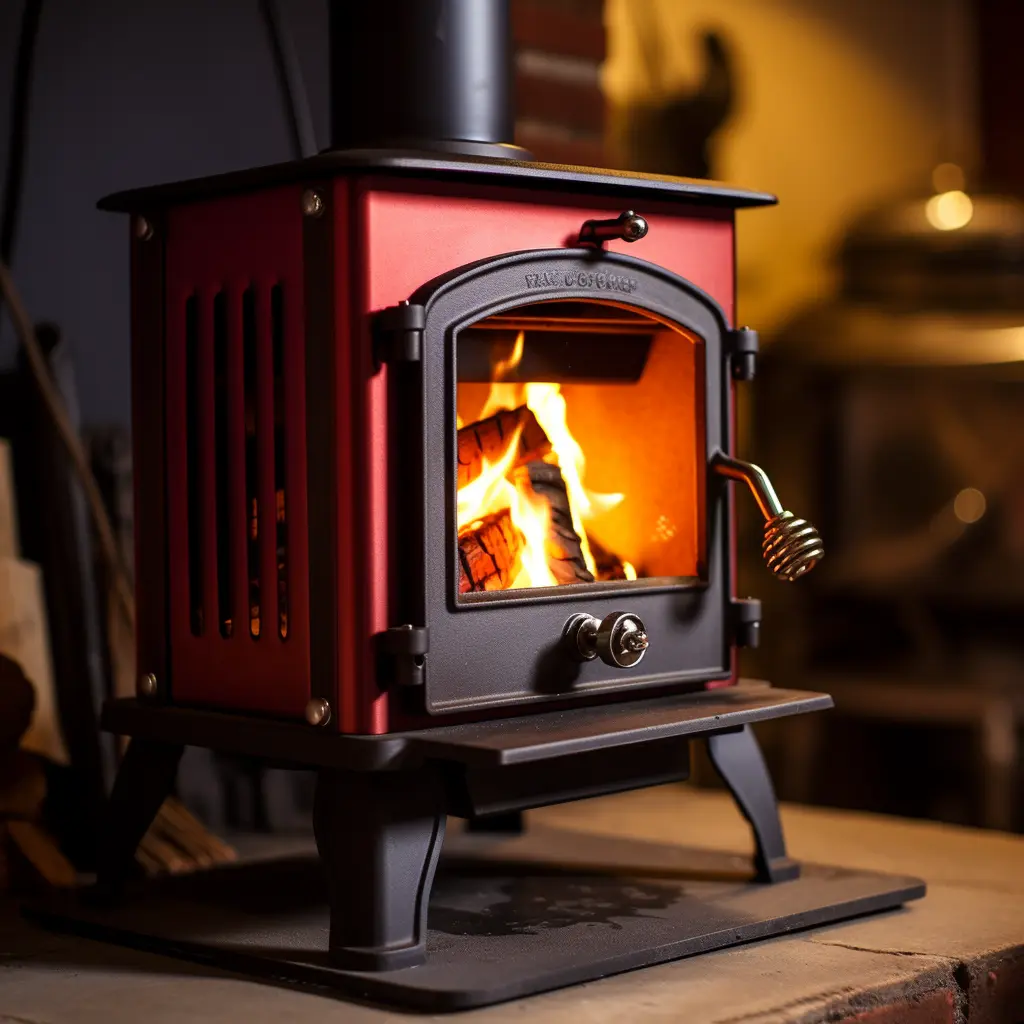
Wood Stoves: A Warm Heart for Your Skoolie
Overview
For those who appreciate the cozy aesthetic and the scent of burning wood, wood stoves provide not just a reliable source of heat but also a rustic charm that can make your skoolie feel like home. They are particularly appealing to individuals who favor a more natural, off-grid lifestyle, assuming you have access to a reliable source of firewood.
Wood Stove Advantages: The Warmth and More
One of the most appealing aspects of wood stoves is their ability to add aesthetic value to your skoolie. The flickering flames and the warm glow can turn your mobile home into a cozy haven. Beyond just heating your space, many wood stoves also offer the versatility of being used for cooking, a double-duty function that can be especially useful in a compact living area. In terms of sustainability, wood is a renewable fuel source, making wood stoves an eco-friendlier option for those conscious about their environmental impact.
Cons: The Space and Attention They Demand
However, wood stoves come with their own set of challenges. One of the most significant is the amount of space they require. Not only do you need room for the stove itself, but you’ll also need additional space for storing firewood. Another issue is the constant attention they demand for feeding wood and removing ash, which might not suit everyone’s lifestyle. Moreover, the installation of a wood stove can be quite involved. It’s not just about setting up the stove; you’ll also need fireproof materials for safety and a chimney for effective smoke and gas ventilation.
Installation Tips: Safeguarding Your Warmth
When installing a wood stove in your skoolie, there are several key considerations to keep in mind. First, it’s crucial to install a fireproof platform and surround to prevent any fire hazards. Secondly, a properly installed chimney that extends above the roof is essential for efficient smoke and gas release. This also helps in drawing air into the stove for better combustion. Lastly, it’s vital to consult local regulations and guidelines regarding the installation of wood stoves in vehicles, as failing to comply could result in fines or worse.
Electric Heaters
Overview
Electric heaters offer a straightforward, plug-and-play heating solution that many find convenient. They are a practical choice for those with access to an electrical hookup or a powerful generator. The market offers a broad spectrum of models, from small, portable units to larger, more powerful options tailored to various needs.
Pros: The Simplicity and Safety
One of the most significant advantages of electric heaters is their ease of operation. Simply plug them into an outlet, and you have heat. Because they run on electricity, there is no risk of gas leakage or carbon monoxide poisoning, which can be a concern with other types of heaters. Many modern electric heaters also come with features like built-in timers and thermostats, providing extra convenience and control over your heating.
Cons: The Cost and Power Requirements
However, electric heaters do have their downsides. One of the main disadvantages is their high electricity consumption, which can result in costly energy bills, especially during prolonged use. They are also not ideal for off-grid living unless you have a high-capacity generator or a robust solar power setup. Some of the larger models may also require a dedicated electrical circuit, adding to the complexity of the setup.
Installation Tips: Powering Your Warmth Safely
When it comes to installation, electric heaters are generally easier to set up compared to other heating options. However, there are still some essential tips to follow. First, ensure that the heater is connected to a grounded electrical outlet to minimize the risk of electrical shocks. If you opt for a larger model, consulting an electrician to verify that your electrical system can handle the additional load is advisable. Finally, place the heater in a location that allows for even heat distribution while avoiding any fire hazards like drapes or furniture.
By diving deep into the pros, cons, and installation tips of both wood stoves and electric heaters, you can make an informed decision that best aligns with your skoolie lifestyle. Both weekend adventurers and full-time skoolie residents will find that the right heating solution is essential for both comfort and safety.
Modern and Innovative Solutions for Skoolie Heating
The landscape of heating solutions has evolved significantly, thanks to technological advancements. While traditional methods have stood the test of time, modern options offer increased efficiency, convenience, and even dual functionalities like heating and cooling. In this comprehensive guide, we’ll delve into Radiant Floor Heating, Mini Split Systems, and Solar Heating—three cutting-edge solutions that could redefine comfort in your skoolie.
Radiant Floor Heating
Radiant floor heating provides a luxurious and highly practical approach to keeping your skoolie warm. Installed beneath the flooring, this system ensures even heat distribution throughout your living space, eliminating the need for bulky heaters and allowing for more efficient use of limited space.
The Upsides
One of the most appealing aspects of radiant floor heating is its uniform and comfortable heat distribution. Unlike traditional heaters, which can create hot or cold spots, this system offers consistent warmth across the floor. Additionally, because the system is installed under the floor, it saves valuable space that you can use for other needs. On top of that, radiant floor heating operates silently, providing a serene atmosphere inside your skoolie.
The Downsides
However, this luxury comes with a price tag. The upfront installation costs for radiant floor heating can be substantial. Additionally, the installation itself is relatively complex and usually requires the expertise of professionals. You’ll also need a robust power source to sustain the system, which may necessitate an upgrade to your existing electrical infrastructure.
Installation Tips
If you’re considering radiant floor heating, it’s advisable to consult a professional for the installation to ensure it’s done correctly and efficiently. Make sure your electrical system can handle the additional load to avoid any electrical issues down the line. Planning the layout meticulously can maximize both heating efficiency and comfort.
Mini Split Systems
Mini split systems stand as compact but powerful HVAC units capable of both heating and cooling your skoolie. Known for their high efficiency, these units can be conveniently controlled via a remote, making temperature regulation a breeze.
The Benefits
Mini split systems are highly energy-efficient, which can translate to lower operating costs over time. They offer the dual functionality of both heating and cooling, providing a versatile solution for year-round comfort. The remote-controlled operation adds a layer of convenience, allowing you to adjust settings without having to physically access the unit.
The Drawbacks
On the flip side, mini split systems can be expensive to purchase and install. Professional installation is generally recommended, adding to the overall cost. Additionally, these systems might require a dedicated power source, especially if your skoolie’s existing electrical setup isn’t robust enough.
Installation Tips
To get the most out of a mini split system, hire a certified installer. They can help you choose a system that’s appropriately sized for your skoolie, ensuring efficiency and performance. Additionally, confirm that your electrical system can accommodate the power requirements of the unit.
Solar Heating
Solar heating systems capture sunlight through solar panels, converting it into heat to warm your skoolie. It’s an eco-friendly solution that aligns well with a sustainable lifestyle.
The Advantages
The most significant benefit of solar heating is its use of renewable energy, which helps reduce your carbon footprint. Once installed, the operating costs are usually low, making it a cost-effective option in the long run. The system can also be integrated with solar electric setups for enhanced efficiency.
The Limitations
However, the initial investment for the solar panels and related equipment can be quite high. Additionally, the system’s effectiveness is highly dependent on adequate sunlight, making it less reliable during cloudy or snowy days.
Installation Tips
For optimal performance, ensure that your solar panels are oriented to capture maximum sunlight. Efficient storage batteries can store excess heat for use during less sunny conditions. It’s also advisable to consult professionals for system sizing and installation to maximize efficiency and reliability.

Factors to Consider Before Choosing a Heating Solution for Your Skoolie
Selecting a heating solution is a nuanced decision influenced by various factors like budget, space, energy source, and climate. Traditional options like propane heaters and wood stoves often have lower upfront costs but can incur higher operational expenses. In contrast, modern solutions like radiant floor heating or mini-split systems may require a heftier initial investment but usually offer lower operating costs. Solar heating, while expensive upfront, can lead to significant savings in the long run.
Space is another critical factor. While wood stoves demand substantial room for both the stove and wood storage, radiant floor heating is almost invisible once installed. Mini-split systems, although compact, still require some wall space for mounting.
Your choice of energy source is equally crucial, especially if you plan to spend a lot of time off-grid. Propane and wood are suitable for off-grid living, while electric heaters and radiant floor systems require a reliable electricity source, posing challenges when off-grid. Solar heating offers a renewable option but is dependent on adequate sunlight.
Finally, the climate you’ll be frequenting will influence your heating needs. Milder climates may not require robust systems, while colder regions might necessitate high-output solutions like propane heaters or wood stoves. Some modern systems like mini-splits can adapt to different climates, offering both heating and cooling functionalities.
By evaluating these factors carefully, you can make an informed decision that aligns with your lifestyle, budget, and ethical considerations, ensuring that your skoolie remains a comfortable and safe haven regardless of the season.
Safety Measures and Precautions: Ensuring a Warm and Safe Skoolie Experience
Safety is a paramount concern when choosing and installing a heating system in your skoolie. While achieving a comfortable temperature is crucial, it should never come at the expense of your well-being. In this section, we’ll discuss essential safety measures and precautions, including Carbon Monoxide Detection, Fire Safety, Ventilation, and the debate between DIY vs. Professional Installation.
Carbon Monoxide Detection
Carbon monoxide (CO) is a colorless, odorless gas that can be lethal in high concentrations. It’s particularly a concern for skoolie owners using combustion-based heating solutions like propane heaters and wood stoves.
Tips for Safety
The most effective way to mitigate the risks associated with carbon monoxide is by installing CO detectors near sleeping areas and other high-risk zones. These detectors can alert you if CO levels rise to dangerous levels, giving you time to ventilate the area or vacate the skoolie.
Fire Safety
Any heating solution comes with some degree of fire risk, whether it’s from faulty wiring, gas leaks, or stray embers from a wood stove.
Tips for Safety
The first line of defense against fires is preparedness. Keep fire extinguishers and fire blankets readily available and easily accessible in your skoolie. Make sure every occupant knows the location of these fire safety tools and how to use them.
Ventilation
Proper ventilation is essential, especially when using combustion-based heaters, to prevent the accumulation of harmful gases and to ensure efficient combustion.
Tips for Safety
Ensure that your skoolie is adequately ventilated, particularly when using combustion-based heaters like propane and wood stoves. Ventilation can be achieved through built-in vents, windows, or specialized ventilation systems designed to circulate air effectively.
DIY vs. Professional Installation
The question of whether to install your heating system yourself or hire professionals can be influenced by multiple factors, including your skill level and the tools you have at your disposal.
Tips for Decision-Making
Assess your own skill level and the complexity of the installation before deciding on a DIY approach. If you’re comfortable with basic electrical work and have experience with heating systems, a DIY installation might be feasible. However, when in doubt, it’s always safer to consult a professional. Incorrect installation can not only be dangerous but may also void any warranties on your heating equipment.

Conclusion to Skoolie Heating Solutions
Choosing the right heating solution for your skoolie is more than a matter of comfort—it’s a matter of safety. By carefully weighing the pros and cons of different heating systems and taking into account crucial safety precautions, you can make an informed decision that aligns with both your lifestyle and safety requirements. Always remember: a well-heated skoolie is a joy, but a safe and well-heated skoolie is priceless.

